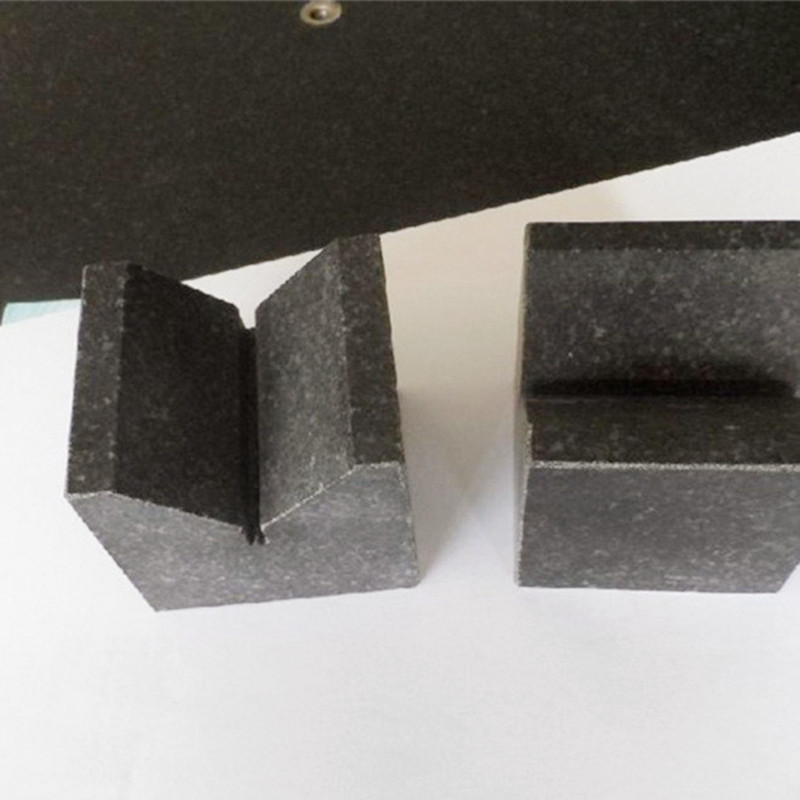সেপ্টে. . 09, 2024 07:14 Back to list
ball valve body types
Understanding Ball Valve Body Types
Ball valves are integral components in various fluid control systems, prized for their durability and reliability. They come in various body types, each suited to specific applications and environments. Understanding these body types is crucial for selecting the right valve for your needs.
1. Floating Ball Valve
The floating ball valve features a ball that is not fixed in place. Instead, it “floats” between two seats, relying on the pressure of the fluid to keep it in contact with the seat on the outlet side during operation. This design allows the valve to seal effectively at low pressures, making it ideal for applications where pressure fluctuations occur. Floating ball valves are typically used in water lines, gas lines, and various piping systems where the medium is at a lower pressure.
2. Trunnion Ball Valve
In contrast, the trunnion ball valve has a ball that is fixed in place by trunnions—supports that hold the ball at the top and bottom. This design allows for better control and eliminates the stress on the valve body. Trunnion ball valves are suitable for high-pressure and high-temperature applications, often found in the oil and gas industry, chemical plants, and power plants. Due to their robust structure, they provide excellent sealing capabilities and are less prone to wear over time.
ball valve body types

A full port ball valve features a ball with a bore that is the same size as the pipeline. This design allows for minimal pressure drop and makes for easy cleaning, as the flow path is uninterrupted. Full port valves are often used in applications where maintaining the flow rate and preventing drop in pressure is critical, such as in water treatment plants and food processing facilities. Their ability to provide a smooth, unrestricted flow makes them a popular choice among engineers.
4. Reduced Port Ball Valve
Conversely, reduced port ball valves have a smaller ball diameter than the pipe diameter, leading to a smaller flow area. This design can create a pressure drop when fluid passes through the valve, but it is sufficient for many applications where flow restrictions are not critical. Reduced port valves are typically used in less critical applications, or where flow rates are lower, such as in irrigation systems and plumbing applications.
5. 3-Way Ball Valve
The 3-way ball valve is designed to control flow from two different inlets to a single outlet or vice versa. It has three ports, allowing for versatile fluid control. These valves are often used in mixing applications or where flow direction needs to be diverted, such as in HVAC systems or industrial processes. The 3-way ball valve provides flexibility, permitting operations like diverting flows or mixing fluids.
Conclusion
Selecting the right ball valve body type can significantly impact system performance and reliability. Understanding the differences between floating, trunnion, full port, reduced port, and 3-way ball valves helps engineers and technicians optimize fluid control operations. By choosing the right valve for specific applications, one can ensure efficient, safe, and reliable system performance, catering to the unique demands of industrial, commercial, and residential environments. Always assess the specific needs, including pressure, temperature, and flow considerations, to make the best choice in ball valve body types.
-
Threaded Ring Gauge Tolerance Grades Explained for MachinistsNewsJun.25,2025
-
Spline Gauge Selection Guide for Complex Gear ProfilesNewsJun.25,2025
-
Role of Snap Ring Gages in Aerospace Quality ControlNewsJun.25,2025
-
Mastering Thread Gauge UsageNewsJun.25,2025
-
Future Innovations in Self-Locking Trapezoidal Threads TechnologyNewsJun.25,2025
-
Educational Importance of Pin Gauges in Mechanical Engineering LabsNewsJun.25,2025
Related PRODUCTS









